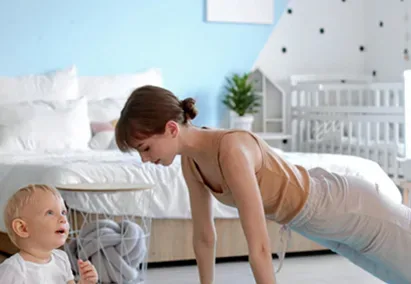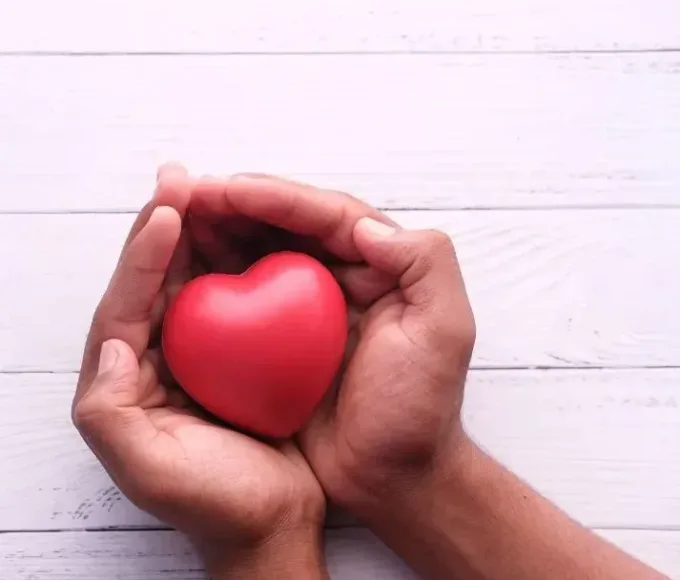
Dance has existed for thousands of years. Moving your body creatively is a popular way to express yourself and exercise. Beyond just movements and music, dancing offers many benefits for mental health and brain function.
Improves self-esteem. Showing yourself that you can learn and master new moves and skills through dance can improve your self-esteem and confidence.
Helps you meet new people. Social interaction between groups of people is important to your mental well-being. Talking and spending time with others improves your mood. Dance classes, where you learn and move alongside others, are a great way to gain these mental health benefits.
Improves your mood and attitude. Dancing can improve your mood while you learn, move, and perform. In fact, many people take dance classes because they put them in a good mood.
Eases depression and anxiety. Dance is an effective type of exercise that raises your heart rate and works your muscles. Exercise can help with symptoms of depression and anxiety by releasing certain chemicals in your brain.
Protects your memory. As we age, it gets harder to remember names, places, and other details. Learning new things, like different moves and styles of dance, sharpens your brain’s ability to remember these kinds of details. This can help prevent dementia.
The mental advantages of dancing depend on the type of dance you learn. Styles like ballroom dancing require a large degree of improvisation. These improve your decision-making skills more than completely memorized movements and routines. On the other hand, interpretive modern dance styles offer more benefits for creativity.
Sources: WebMD
Recent Posts
Related Articles
Non-verbal communication
A substantial portion of our communication is nonverbal. In fact, some researchers...
June 19, 2023Stretch marks – causes and prevention
Stretch marks (striae) are discolored, slightly sunken scar-like lines in your skin....
June 19, 2023Compassion vs Empathy
It’s easy to use compassion and empathy as synonyms, but there are...
June 19, 2023How to build a habit in 5 steps
People with good habits rarely need to resist the temptation to laze...
June 19, 2023

























Leave a comment